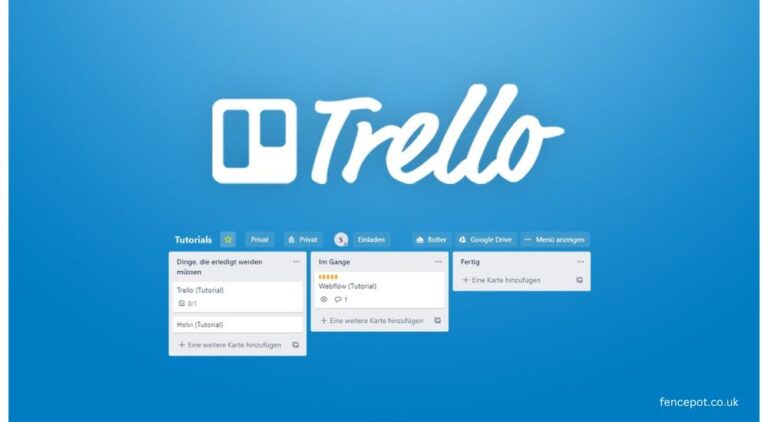With the rise of cashless payments and digital point-of-sale systems, the introduction of the “tip screen” has changed the way customers tip service providers. In recent years, tipping has evolved significantly, with technology playing a huge role in this transformation. Whether you’re grabbing a cup of coffee or ordering takeout, chances are, you’ve encountered a tip screen. But how did this phenomenon take over, and what are the effects on businesses and customers alike? In this article, we’ll explore everything there is to know about tip screns, from their history to the psychology behind tipping, as well as tips for both businesses and consumers navigating this new digital landscape.
What is a Tip Screen?
A tip screen is a digital prompt, typically found on modern point-of-sale (POS) systems, that allows customers to leave a tip after making a purchase. These screens often appear during the payment process, giving customers the option to tip a preset percentage or a custom amount. You’ll often encounter tip screns in coffee shops, restaurants, food trucks, salons, and other service-based businesses. With the widespread adoption of contactless payments, tip screns have become a convenient solution for both customers and businesses.
The History of Tipping
Tipping has deep roots in hospitality, dating back centuries. Initially, tips were small monetary gestures to show appreciation for service. Over time, tipping evolved into a cultural norm, especially in the United States. The introduction of cashless payments has been the biggest game-changer in the tipping world. With the decline in cash transactions, businesses needed a solution to facilitate tipping digitally—thus, the tip screen was born.
Rise of Digital Tipping
The rise of mobile wallets, credit card readers, and digital payment apps has paved the way for tip screns. With fewer people carrying cash, businesses had to find ways to ensure service workers still received tips. Digital tipping has bridged that gap. For businesses, tip screns streamline the checkout process, allowing for faster service. For consumers, these screens simplify tipping by eliminating the need for cash. Moreover, tip screens often suggest tip amounts, making it easier for customers to make a decision quickly.
The Psychology behind Tipping
Tip screens have a subtle yet profound impact on consumer behavior. When faced with a tip scren, customers often feel an immediate social pressure to tip. The visibility of the transaction, especially in front of service staff, amplifies this effect. Some customers report feeling a sense of guilt when prompted by a tip scren, especially in situations where tipping wasn’t traditionally expected. The ease of tipping digitally might lead some people to feel obligated to tip more frequently.
How Tip Screens Work
Tip screens are usually integrated into digital POS systems, making the payment and tipping process seamless. Once the customer selects their preferred tip amount, it’s automatically added to the total charge. Popular software solutions like Square, Toast, and Clover offer built-in tip scren features that allow businesses to customize their tipping options and monitor tip trends.
The Pros of Tip Screens for Businesses
Many businesses have reported an increase in tip revenue after implementing tip screns. The automatic suggestion of tip percentages (like 15%, 20%, and 25%) often results in customers tipping more than they would have with cash. Tip screens simplify the checkout process. Businesses no longer have to worry about collecting and distributing cash tips, while customers appreciate the ease of tipping digitally.
The Cons of Tip Screens for Businesses
Despite their benefits, some customers feel irritated by constant tip prompts. In industries where tipping isn’t typically expected, customers may view tip screns as intrusive or unnecessary. Over-reliance on tip screns can sometimes backfire, leading customers to perceive the business as overly focused on soliciting tips, which might hurt the brand’s reputation.
Customer Reactions to Tip Screens
Studies show that customers tend to tip more when using tip screens compared to traditional tipping methods. The convenience and social pressure play key roles in this increase. Customers appreciate businesses that offer flexible tipping options. Allowing users to input a custom tip amount or choose from a variety of percentages can improve customer satisfaction.
Best Practices for Businesses Using Tip Screens
The positioning of the tip screen matters. Placing it at the right moment during the payment process—after the service but before completing the transaction—can encourage customers to leave a tip. Businesses should provide a range of tip options, including preset percentages and the ability to skip tipping without feeling awkward. This reduces pressure while still encouraging tipping.
Tip Screen Etiquette for Customers
A general guideline for tipping via tip screens is to leave 15%–20% for service-related industries. However, tipping is always a personal decision, and it’s okay to adjust based on the level of service. If tipping isn’t customary for a particular service or if you’re not satisfied with the experience, it’s perfectly acceptable to skip the tip. Tip screns should not make you feel obligated.
The Future of Tip Screens
With the rise of digital payment systems, it’s likely that tip screen will continue to grow in popularity. As society becomes more cashless, digital tipping is expected to become the standard. The future may bring more personalized and AI-driven tipping systems, where suggestions are based on customer history or specific service conditions.
Ethical Considerations of Tip Screens
There’s an ongoing debate about whether businesses should rely on tips or pay higher wages. Some argue that tip scren contribute to wage inequality by placing the onus of compensating workers on customers. Customers appreciate transparency regarding where their tips go. Businesses should clearly communicate how tips are distributed among staff.
How to Handle Tip Screens as a Business Owner
Business owners need to stay informed about customer expectations and make adjustments to their tipping systems accordingly. Overloading customers with tip prompts can hurt customer loyalty. For businesses with multiple employees, it’s crucial to have a fair and transparent system for distributing tips earned through tip screns. Employees should be aware of how tips are shared.
Conclusion
Tip screens are reshaping the way we think about tipping in a digital-first world. While they offer convenience and potential revenue boosts, businesses need to use them carefully to avoid alienating customers. As tipping culture continues to evolve, tip shades will play a key role in modernizing the tipping experience.
Read More interesting topic about bedroom
- Appfordown Apps Understanding the Latest App Trends and Platforms
- The silly mistake nyt that Shook the New York Times Lessons in Precision and Accountability
- Traceloans Revolutionizing the Way We Manage Loans
- The Ultimate Guide to Fintech on fin techzoom.com Everything You Need to Know
- Luther Social Media Maven Keezy.co Redefining Social Media Management













